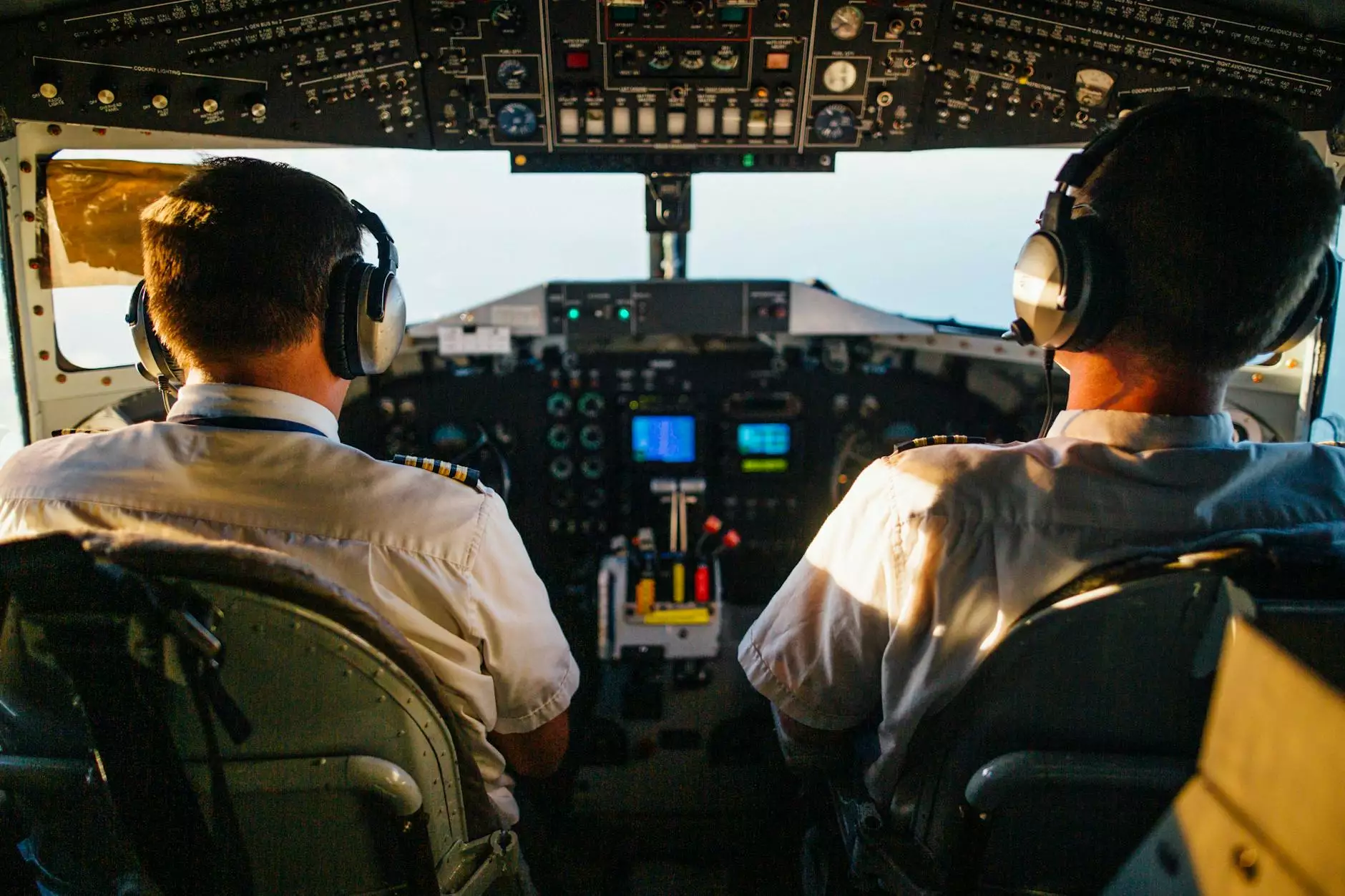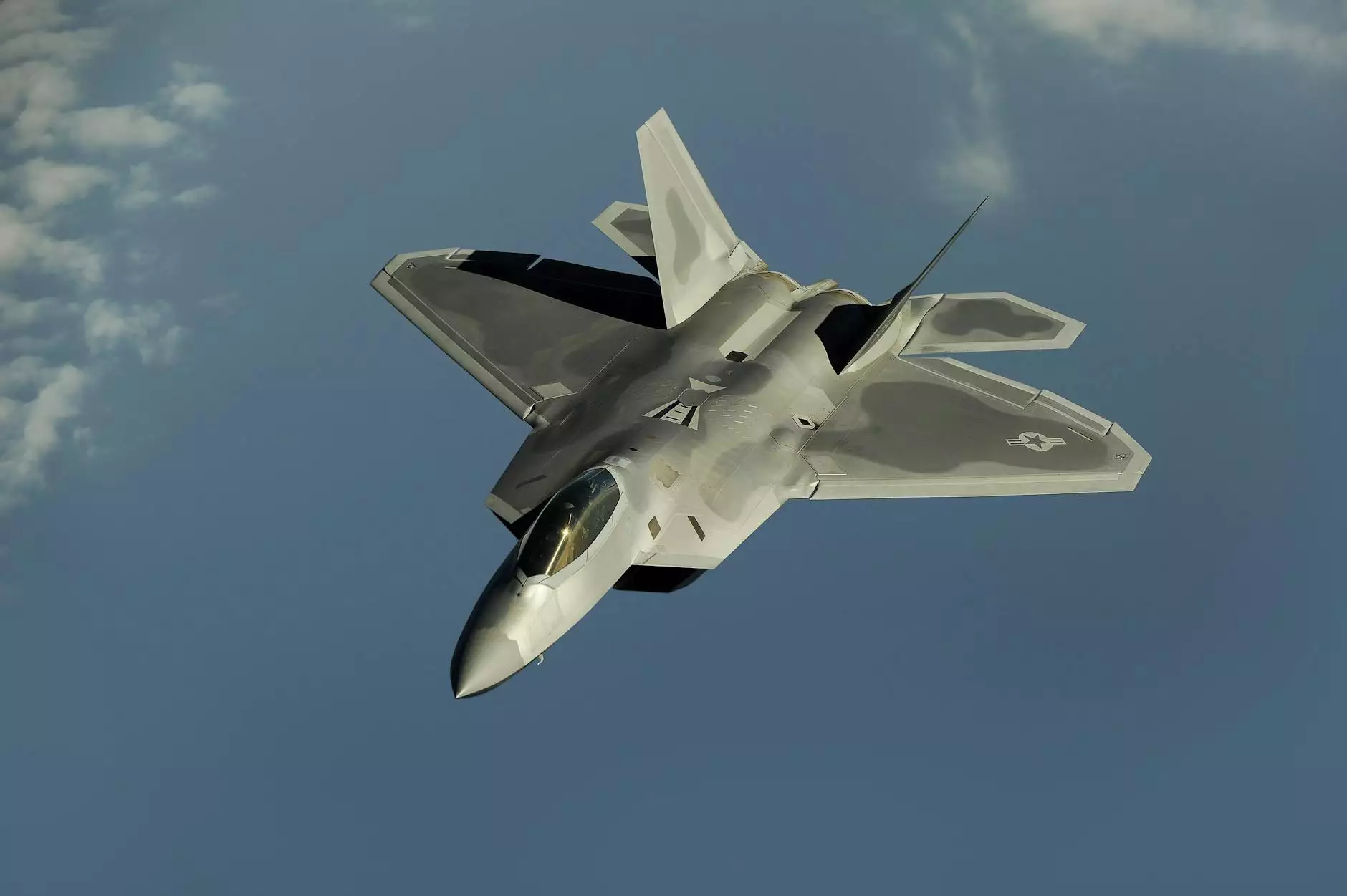The divine wind: Japan's Kamikaze Force in World War II

Introduction
Welcome to La Historia Society, your gateway to exploring the rich history and stories that have shaped our world. In this article, we dive deep into the fascinating phenomenon of Japan's Kamikaze Force in World War II. Join us as we uncover the origins, tactics, and impact of this unique and controversial military unit.
Origins of the Kamikaze Force
The Kamikaze Force, also known as the Tokubetsu Kōgeki Tai, was a Japanese military unit formed during the final stages of World War II. The term "Kamikaze" itself refers to the divine wind that, according to Japanese folklore, protected Japan from invading Mongol fleets in the 13th century. Inspired by this legendary force of nature, the Japanese military sought to harness its symbolic power and dedication through the Kamikaze Force.
The Rise of Total War
As World War II raged on, the tide turned against Japan, and the need for desperate measures emerged. The concept of total war became prevalent, demanding sacrifices from both the military and civilian population. The Kamikaze Force represented a manifestation of this devotion and willingness to sacrifice everything for the homeland.
The Tactics and Strategy
Kamikaze pilots were trained to fly their aircraft, usually conventional planes retrofitted with explosives, directly into enemy targets, mainly allied vessels. The objective was to cause maximum damage and create psychological shock among the enemy forces. The pilots committed to their mission with unwavering determination, embracing death as their ultimate destiny.
The Impact of the Kamikaze Force
The Kamikaze Force had a profound impact on the course of World War II and the broader narratives of warfare. While their actions were controversial, they left an undeniable mark on military history.
Tactical Effectiveness
Kamikaze attacks proved to be devastatingly effective, inflicting significant damage on allied naval vessels. The element of surprise, coupled with the sheer determination and sacrifice of the pilots, often caught the enemy off guard. These attacks disrupted naval operations and created psychological unease among the allied forces.
Psychological Warfare
The Kamikaze Force utilized a powerful psychological warfare strategy. The notion that an enemy was willing to sacrifice their lives with such fervor and dedication struck fear into the hearts of allied troops. The Kamikaze attacks created a sense of unease and uncertainty, further contributing to the efficacy of their mission.
Legacy and Historical Reflection
The legacy of the Kamikaze Force continues to fascinate and provoke debate among historians and scholars. Some see it as a desperate measure caused by the dire circumstances faced by Japan during the final stages of the war. Others view it as a testament to the unwavering loyalty and dedication to the homeland exhibited by the Kamikaze pilots.
Conclusion
Explore the riveting history of Japan's Kamikaze Force in World War II with La Historia Society. Delve into the origins, tactics, and impact of this unique military unit that left an indelible mark on the annals of warfare. Experience the stories of bravery, sacrifice, and devotion as we navigate through this remarkable chapter in human history.










